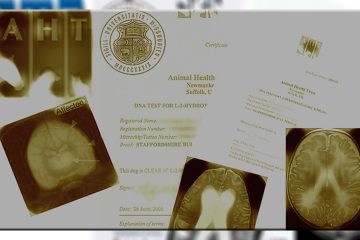Ask TSK – Q&A Hocks
The easiest way to explain this is to compare the Stafford hock to that of a rabbit. A rabbit must have an overlong hock because it must be able to quickly and purposefully get away from its prey. It does so by a very long and quick hopping motion so that it removes itself from…
